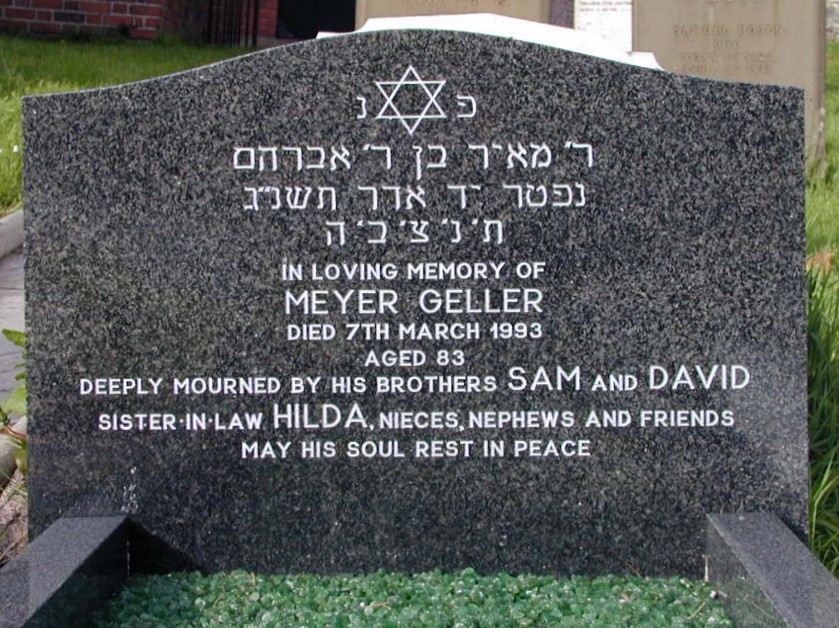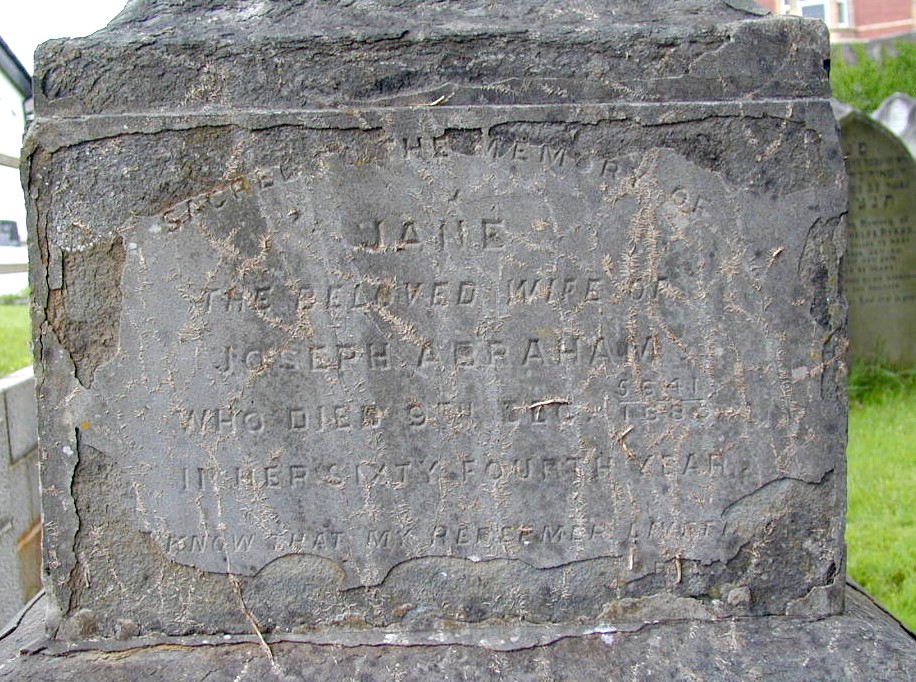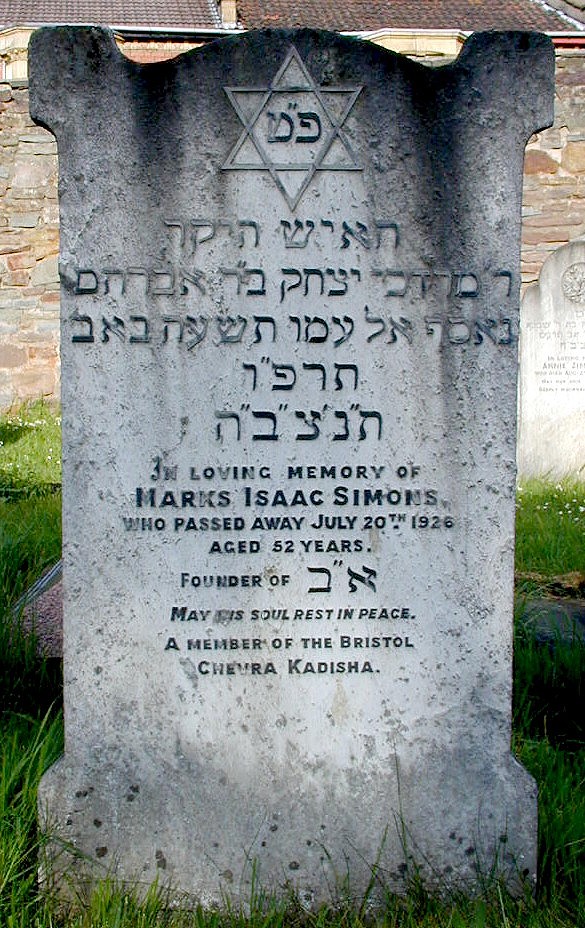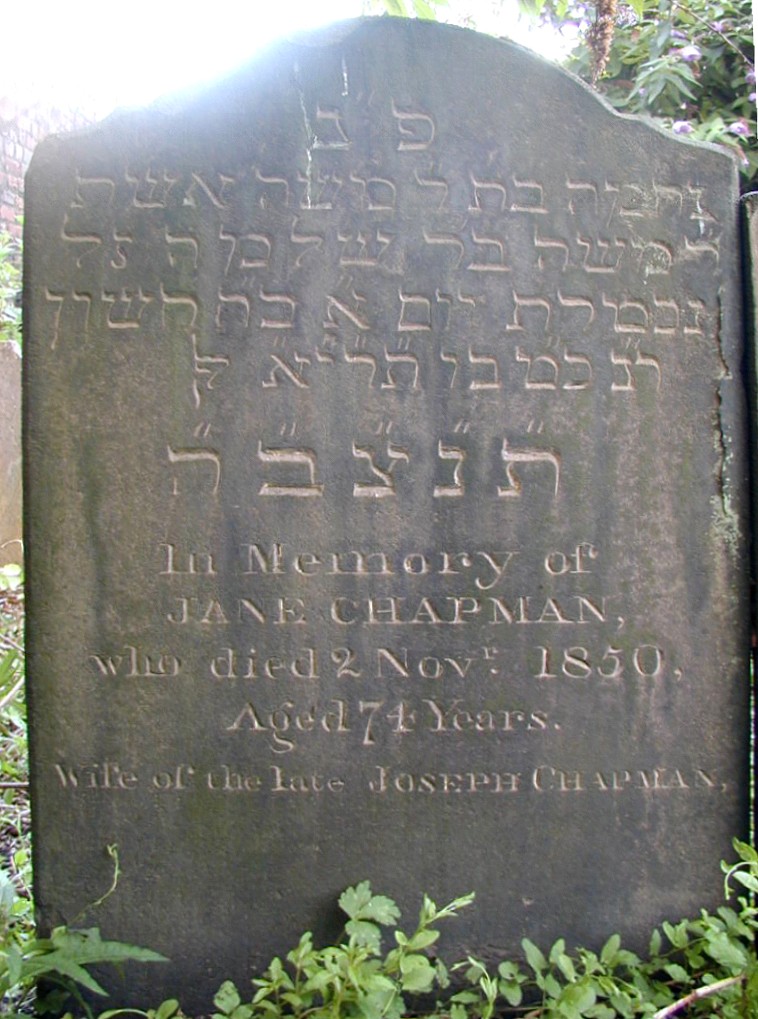
|
|
|
The Genealogical Research Division of

|
|
|
|
Suggestions on how to photograph tombstonesby Alan TobiasWhen our group of volunteers first began the task of photographing the tombstones in Bristol's Jewish cemeteries, everyone used their own camera. In many cases, these were conventional point-and-click compact cameras - there were no digital cameras. We didn't have a real plan of action at the time but, fortunately, most people did it reasonably well. We then had the daunting task of scanning every photograph - and that took a long time. About 3 years later, I began to work on the archive for our Synagogue and had, by that time, purchased a digital camera (Olympus C2000Z, 2.1 Megapixel). As some of the original tombstone photographs were not as sharp or as clear as I wanted, I decided to photograph them all again - this time using the digital camera. Apart from the few tombstones whose inscriptions had become less legible, the quality of the images I obtained were significantly better. I found that it is best to carry out the photography when the sunshine is not too bright; otherwise it could be made difficult as consequence of the shadows. I believe that the best results are to be obtained on a bright, but not too sunny, day. I always tried to get an image of the complete tombstone, not just the inscription and so, in the majority of cases, took the photograph from a position almost directly in front of the stone and crouching so that the camera was in the same horizontal plane as the inscription. This helped to minimize the effect of perspective when the top of the tombstone appears wider than the bottom (although some image editing packages can correct for that). If the inscription is no too clear from that position, it is best to move slightly to the side in an attempt to view the inscription via its shadow (for raised or engraved lettering). The beauty of the digital camera, of course, is being able to view the image and being satisfied with it before moving on to the next tombstone. When in full flow, I found that I could achieve approximately 100 photos per hour. I found that an image resolution of about 1 megapixel was adequate to obtain sufficiently clear images, even after a little judicious cropping of the original images. I attach a few examples of the tombstone photographs I took to illustrate the quality that could be achieved. Click on each of the four images for the full-size view. However, it is important to remember that the camera will not capture information that is no longer visible - the final quality of the photograph will be entirely dependent upon the condition of the stone. 



Last Update: 1 Oct 2002 WSB. |

|
Edmond J. Safra Plaza | 36 Battery Place | 646.494.2972 | info@jewishgen.org | |

|